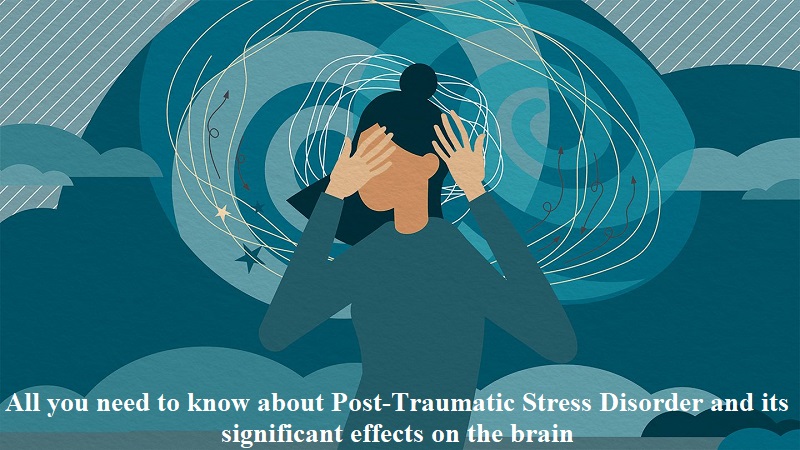
Post-Traumatic Stress Disorder (PTSD) can have profound effects on the brain, involving alterations in various brain regions and neural networks responsible for memory, emotion regulation, and stress response.
The amygdala, an important structure involved in emotional processing and fear responses, tends to be hyperactive in individuals with PTSD. This hyperactivity leads to an exaggerated fear response, hypervigilance, and the formation of traumatic memories. The hippocampus, responsible for memory formation and consolidation, may exhibit reduced volume and impaired function in individuals with PTSD, resulting in difficulties encoding and retrieving memories related to the trauma. Reduced activity and connectivity within the prefrontal cortex, responsible for emotion regulation and cognitive processing, contribute to difficulties in regulating emotions, impaired decision-making, and working memory.
The dysregulation of the Hypothalamic-Pituitary-Adrenal (HPA) axis, which regulates the body’s response to stress, is often observed in individuals with PTSD. This dysregulation leads to abnormal cortisol levels and an exaggerated stress response. Additionally, imbalances in neurotransmitter systems, such as serotonin, norepinephrine, and gamma-aminobutyric acid (GABA), contribute to mood dysregulation, increased anxiety, and hyperarousal symptoms.
PTSD can affect individuals on multiple levels. Physically, it can result in heightened arousal, sleep disturbances, and various chronic pain and health issues. Neurologically, it can lead to hypervigilance, abnormalities in brain regions involved in memory and emotion regulation, and imbalances in neurotransmitter systems.
Certain signs and symptoms of PTSD require immediate attention and intervention. These include suicidal thoughts or behaviors, reckless or self-destructive behavior, extreme social withdrawal, psychotic symptoms, and severe dissociation or depersonalization.
The treatment of PTSD involves a multifaceted approach that includes evidence-based psychotherapies like Cognitive Behavioral Therapy (CBT), Eye Movement Desensitization and Reprocessing (EMDR), and Prolonged Exposure Therapy (PE). Medications such as selective serotonin reuptake inhibitors (SSRIs) may be prescribed to manage associated symptoms. Self-care practices, social support, and a safe environment also play vital roles in the overall treatment plan.
While there is no definitive “cure” for PTSD, these treatments aim to alleviate symptoms and promote recovery, allowing individuals to manage and cope with the disorder effectively.

Post Your Comments